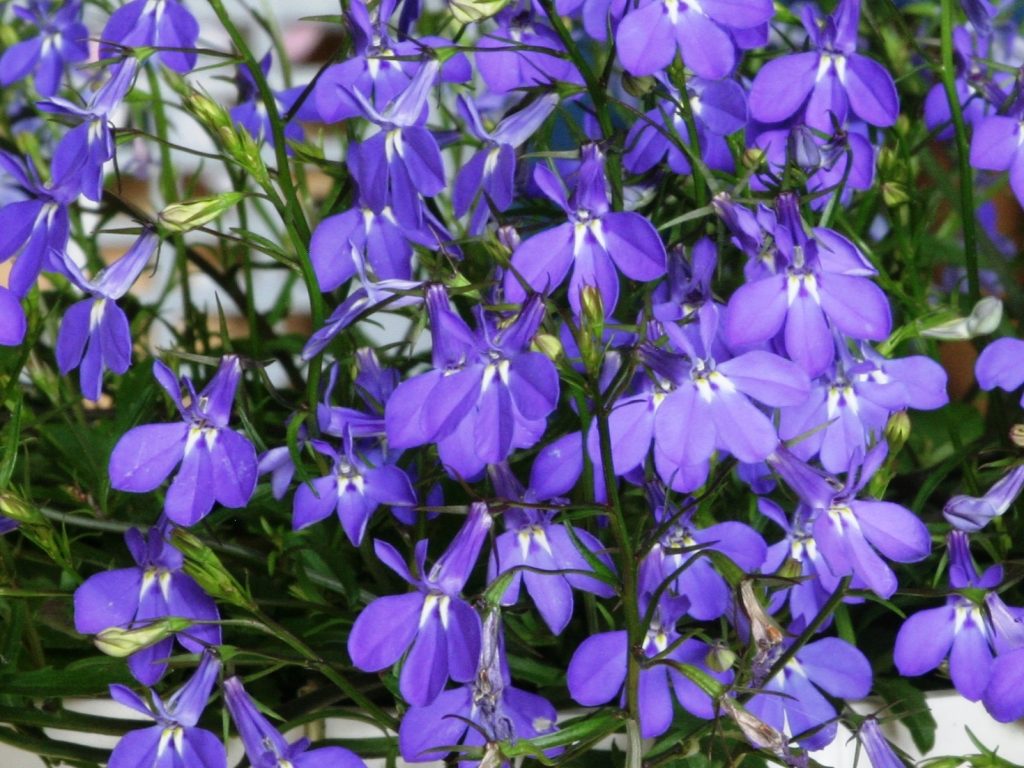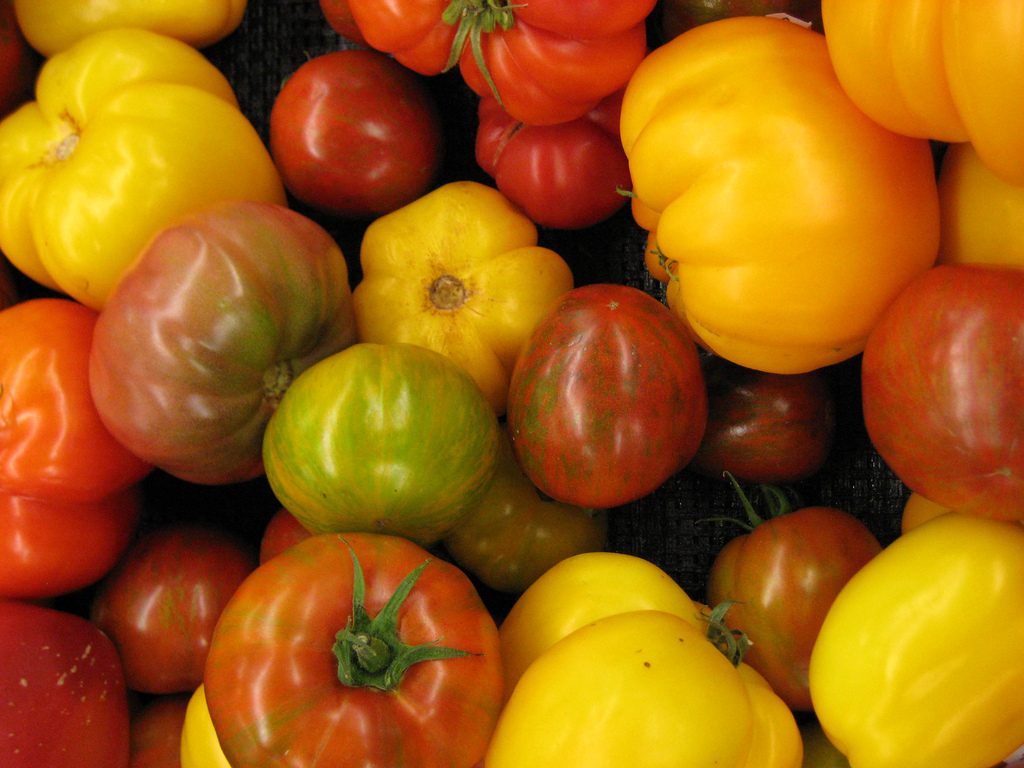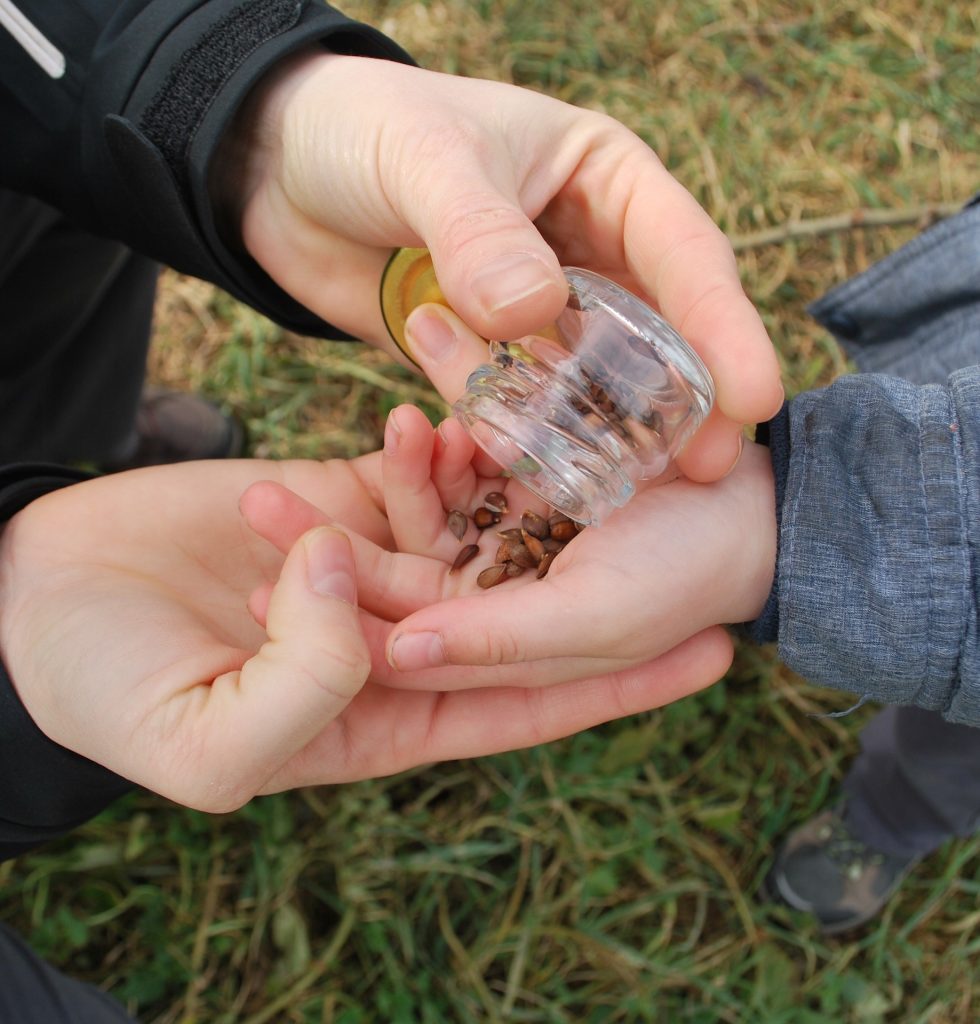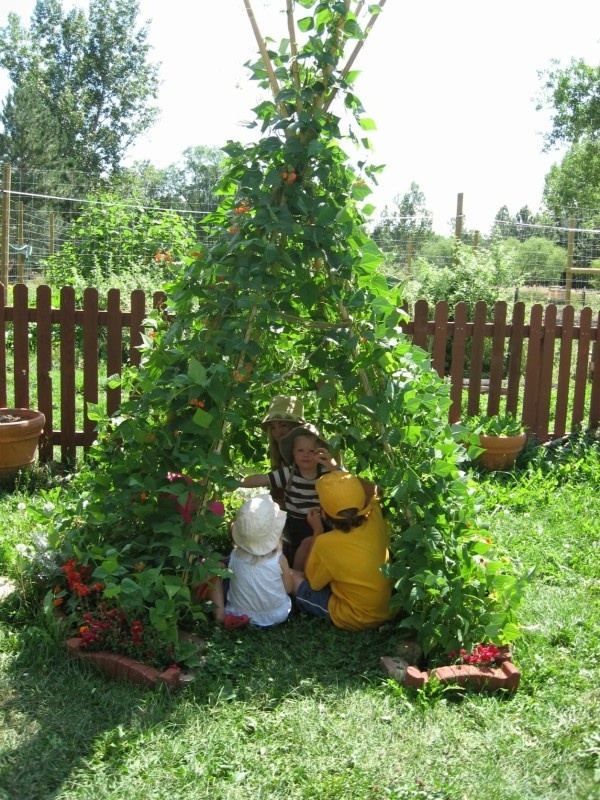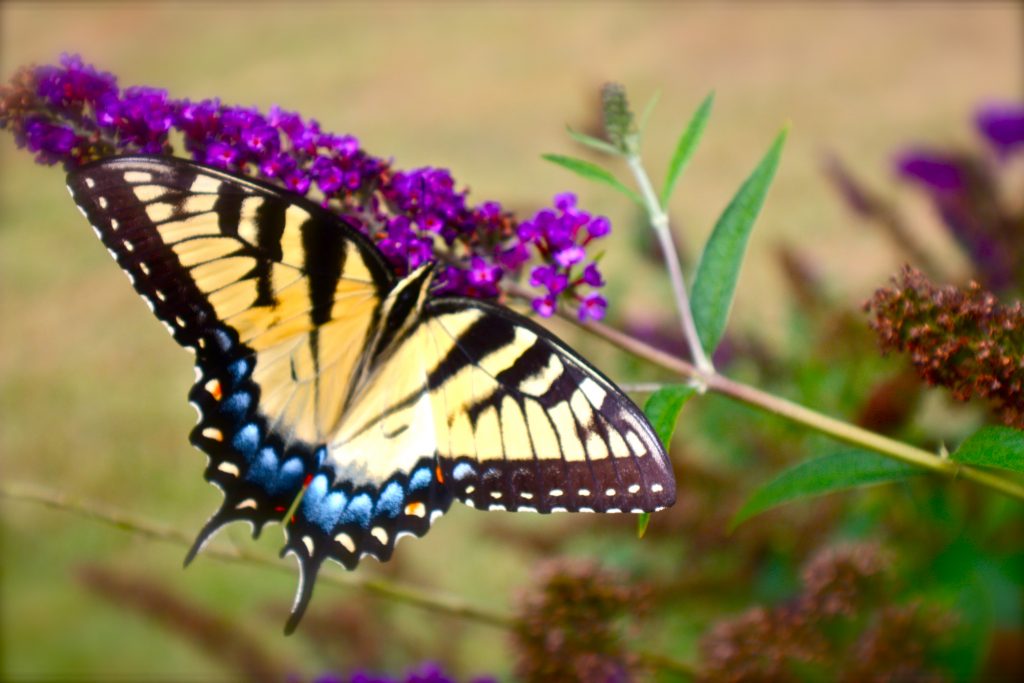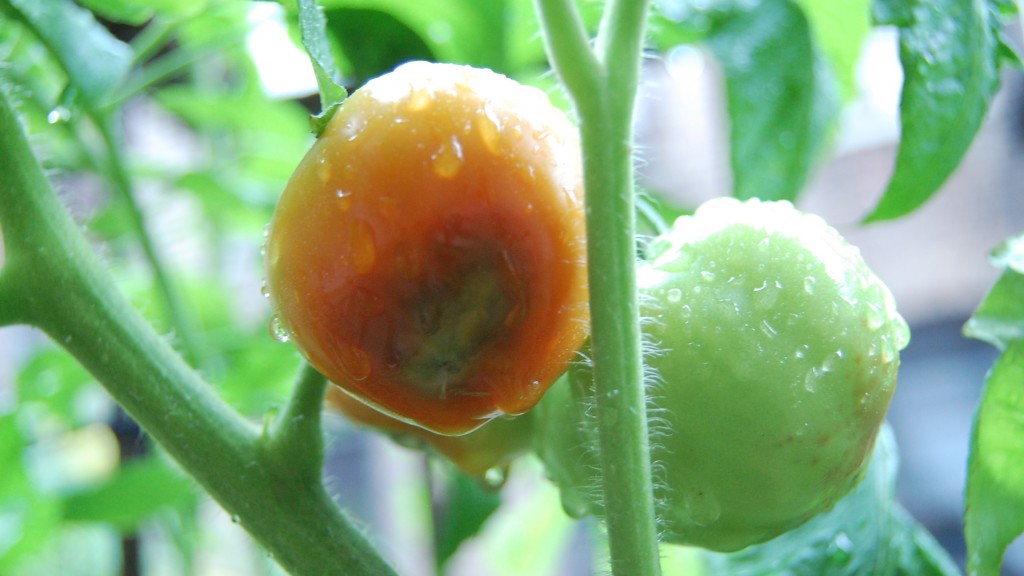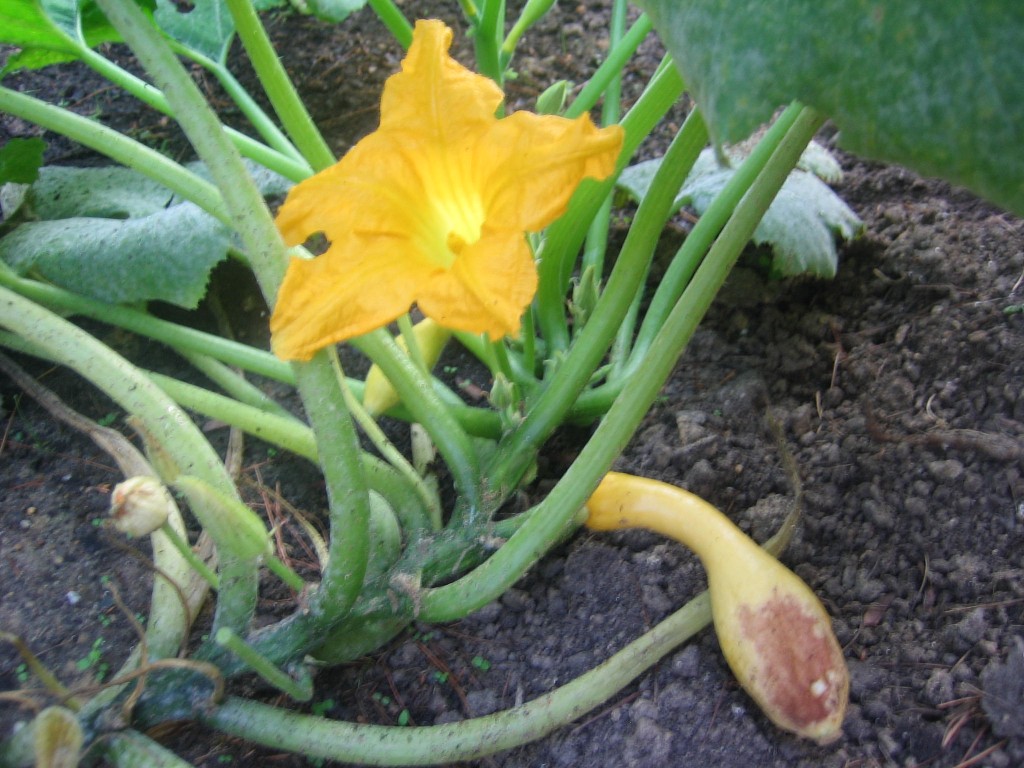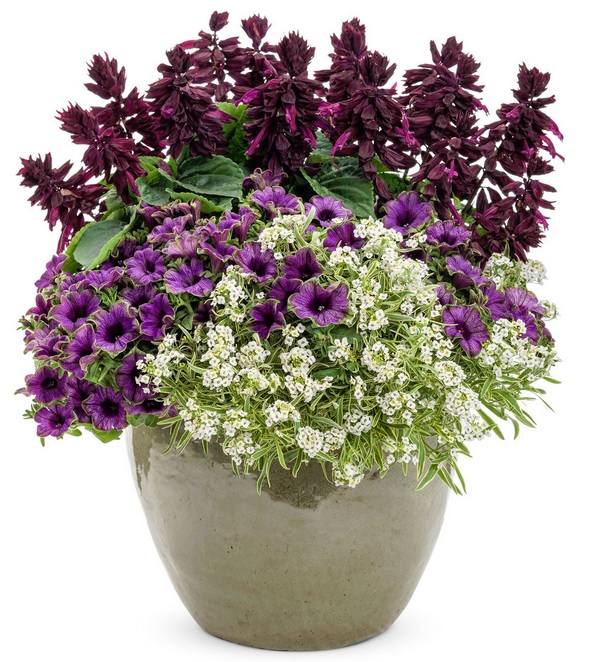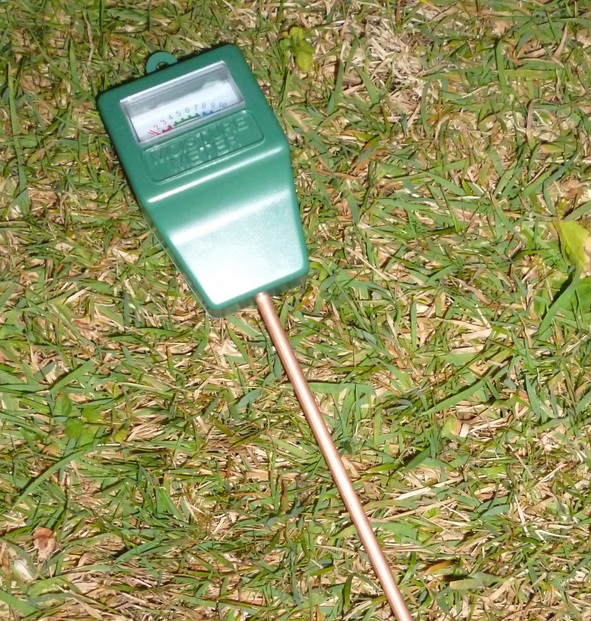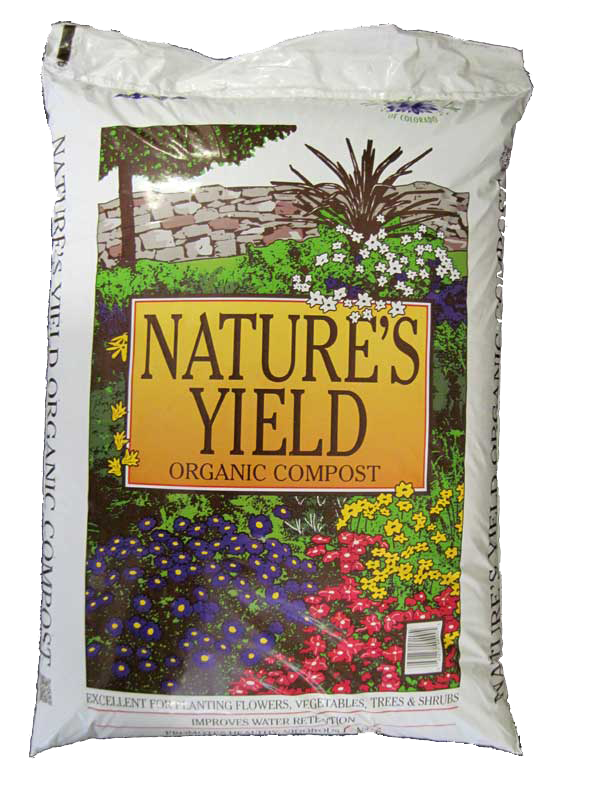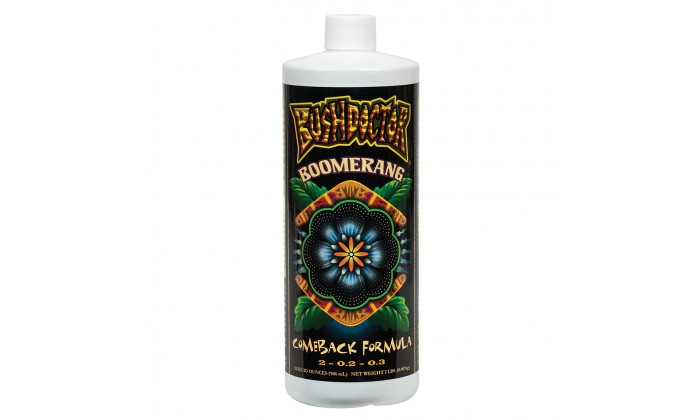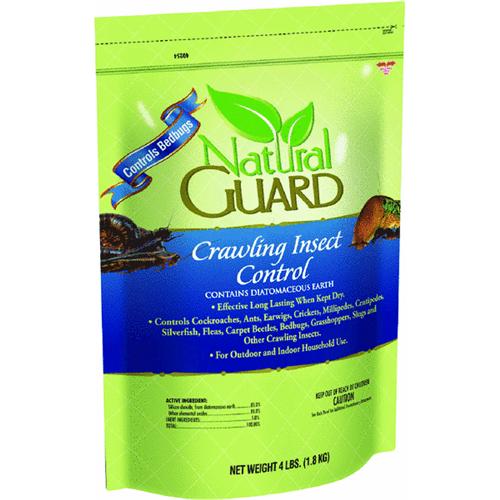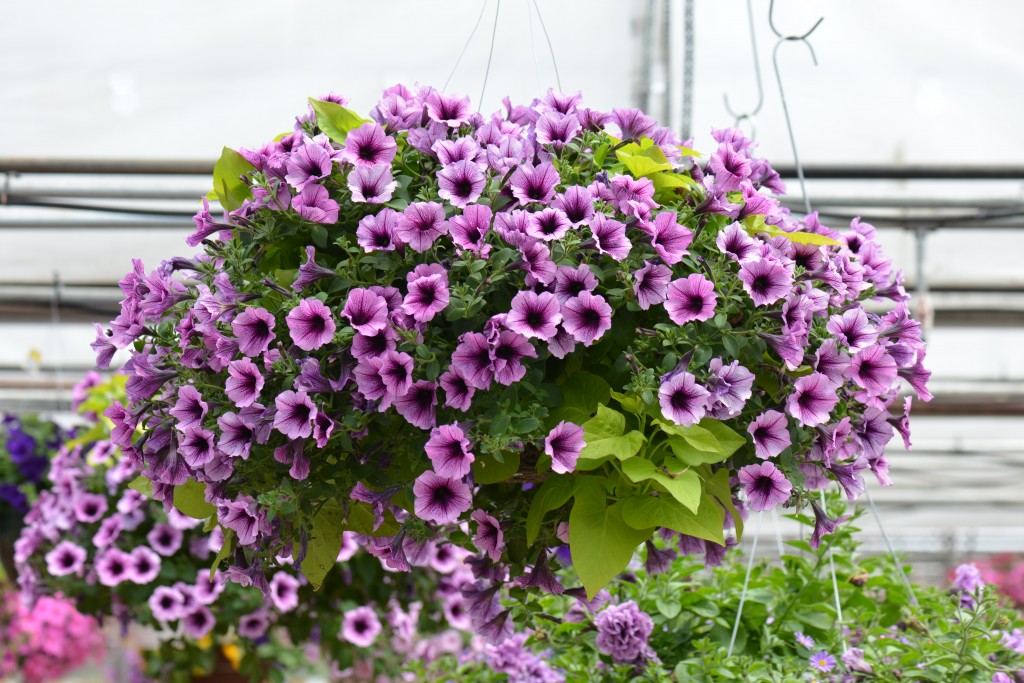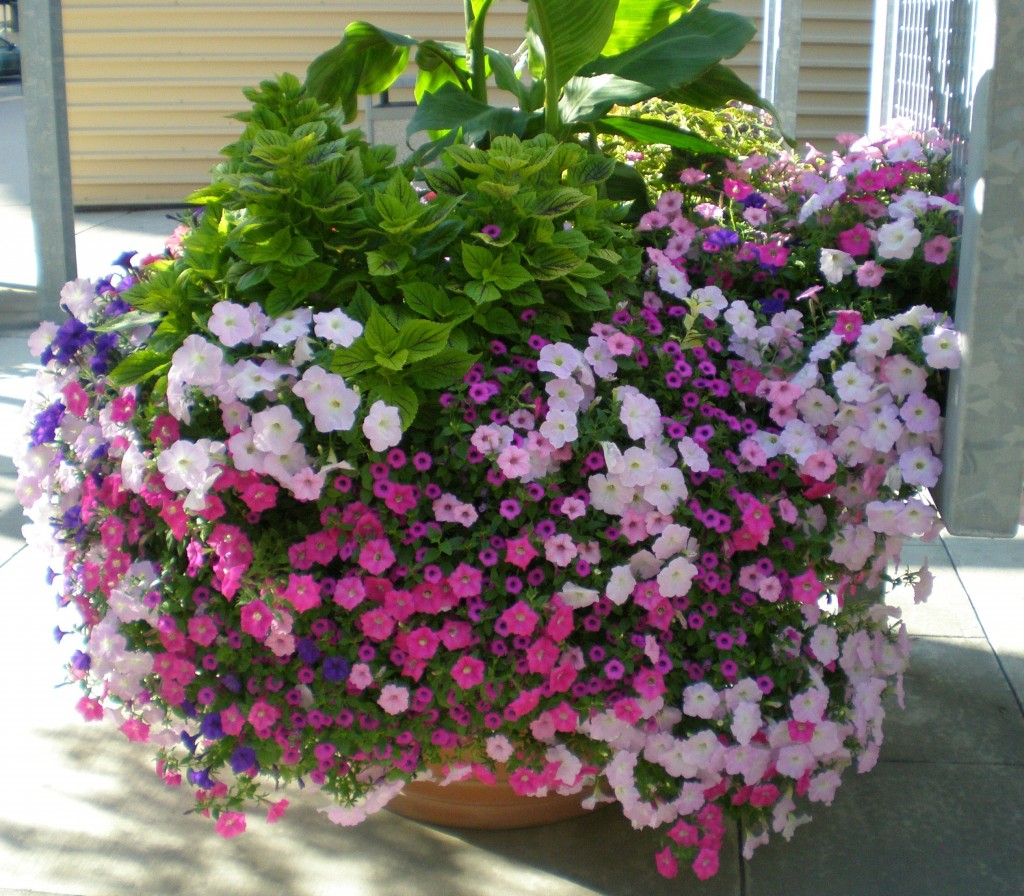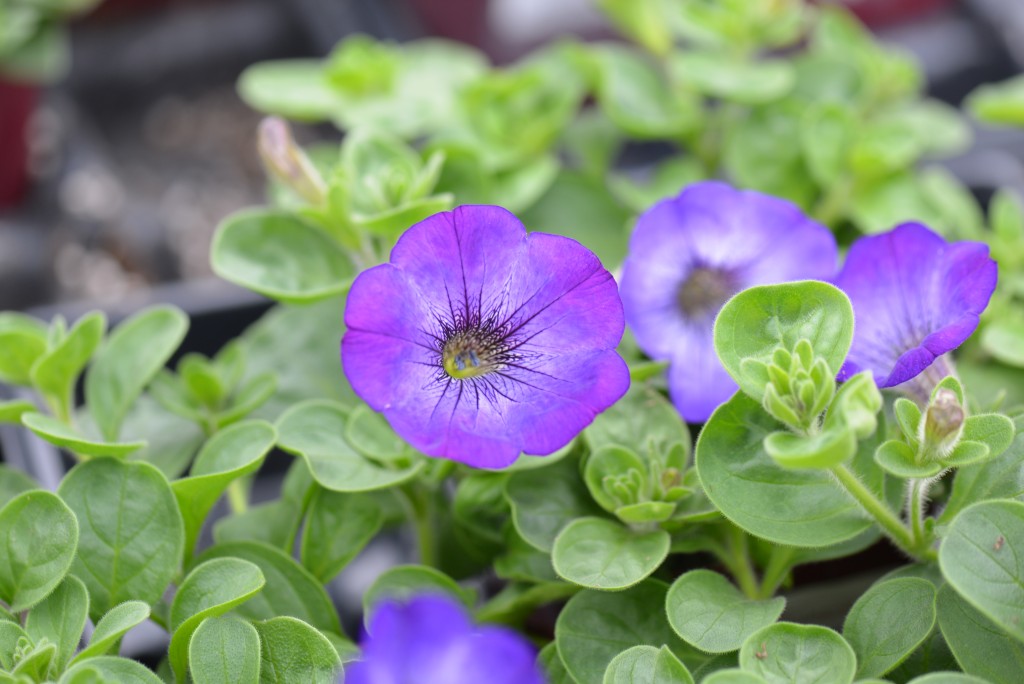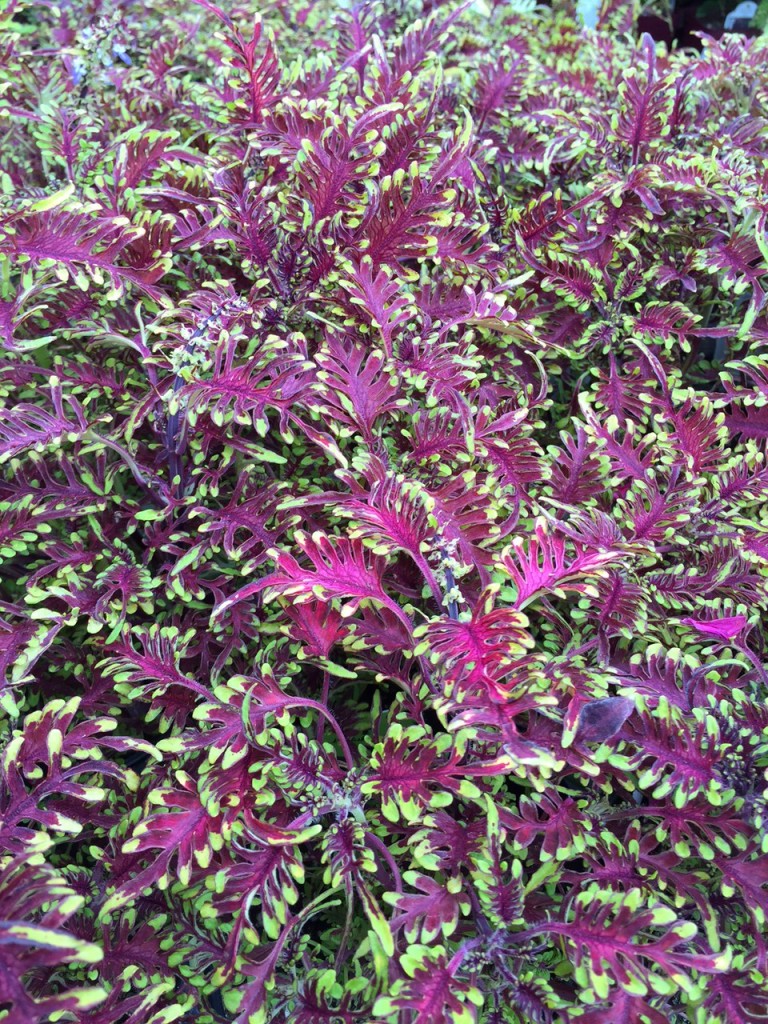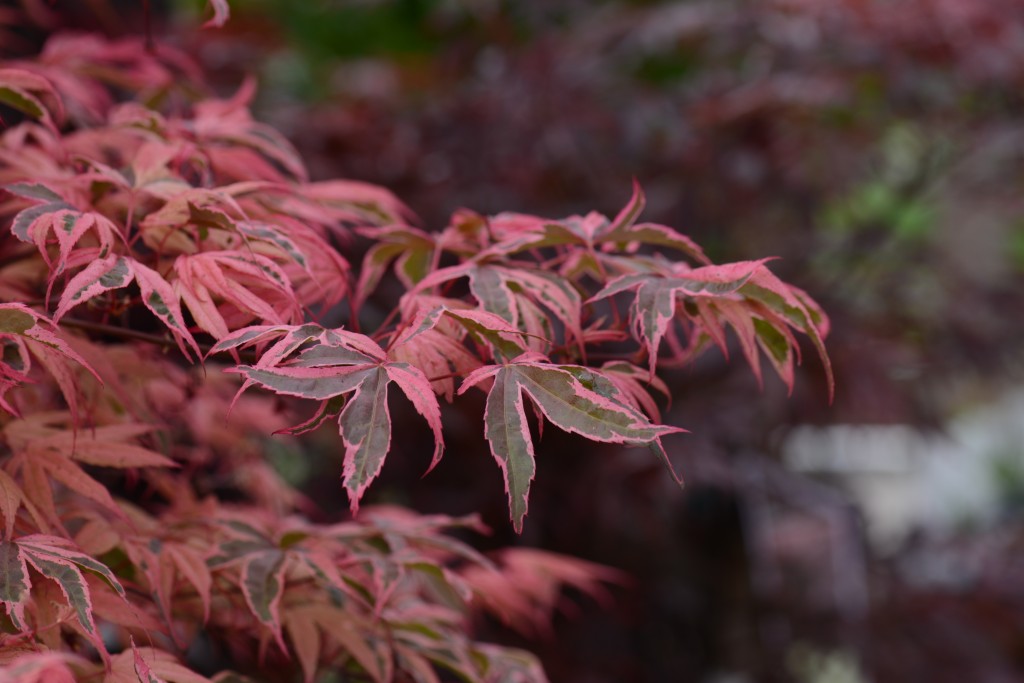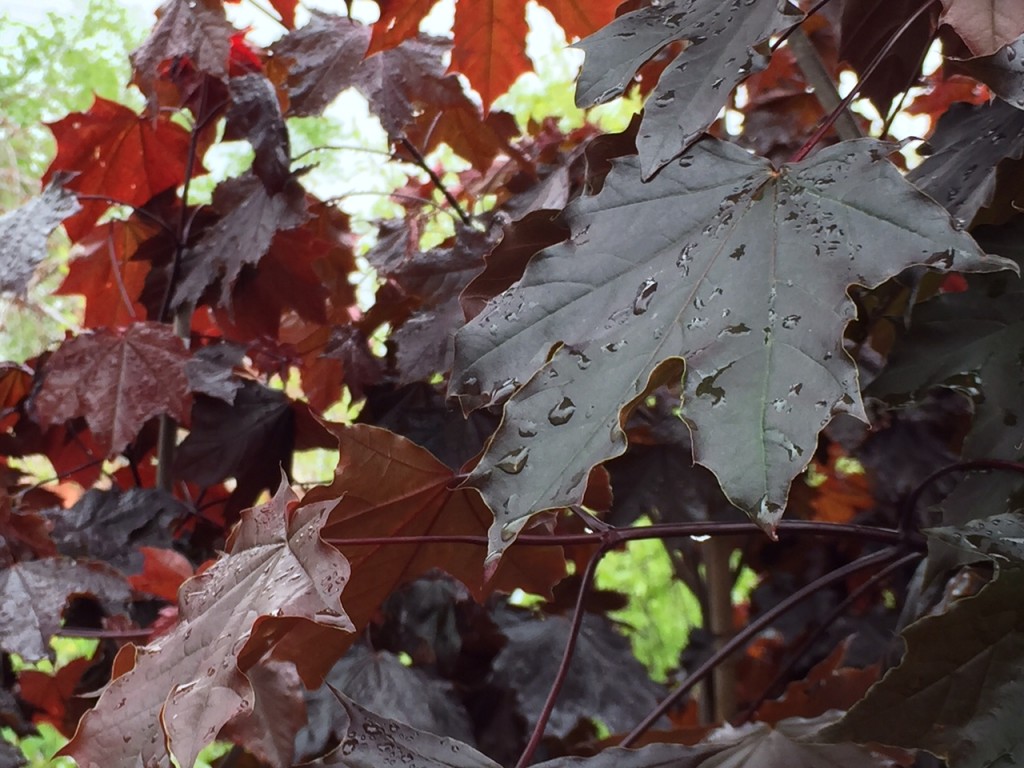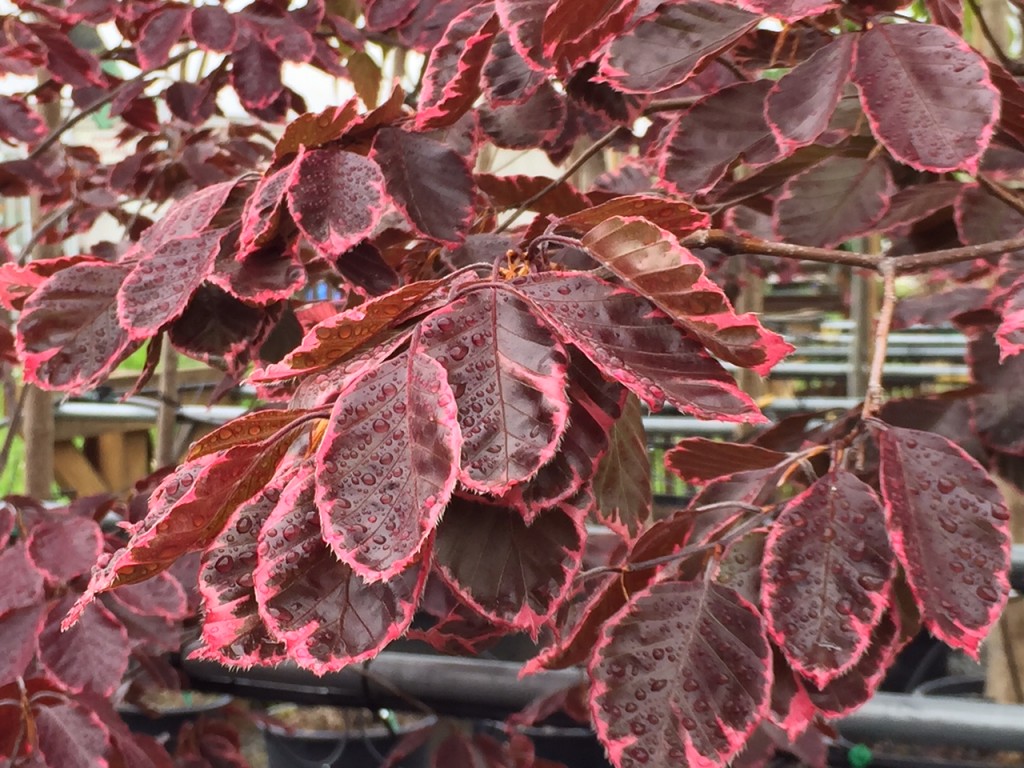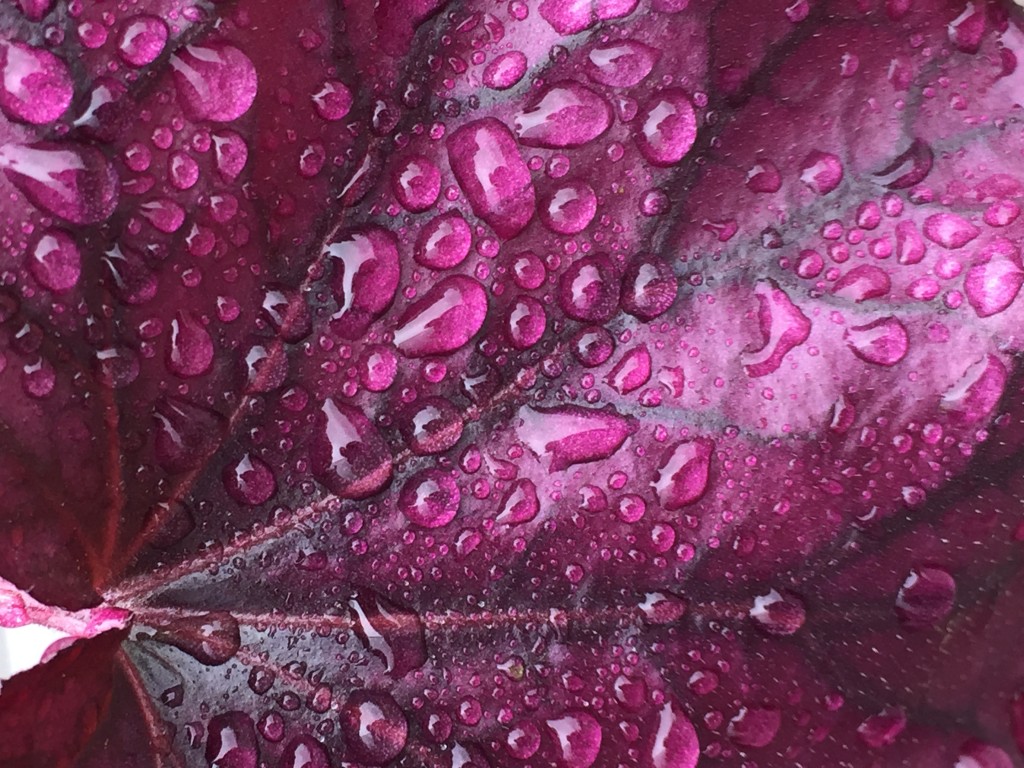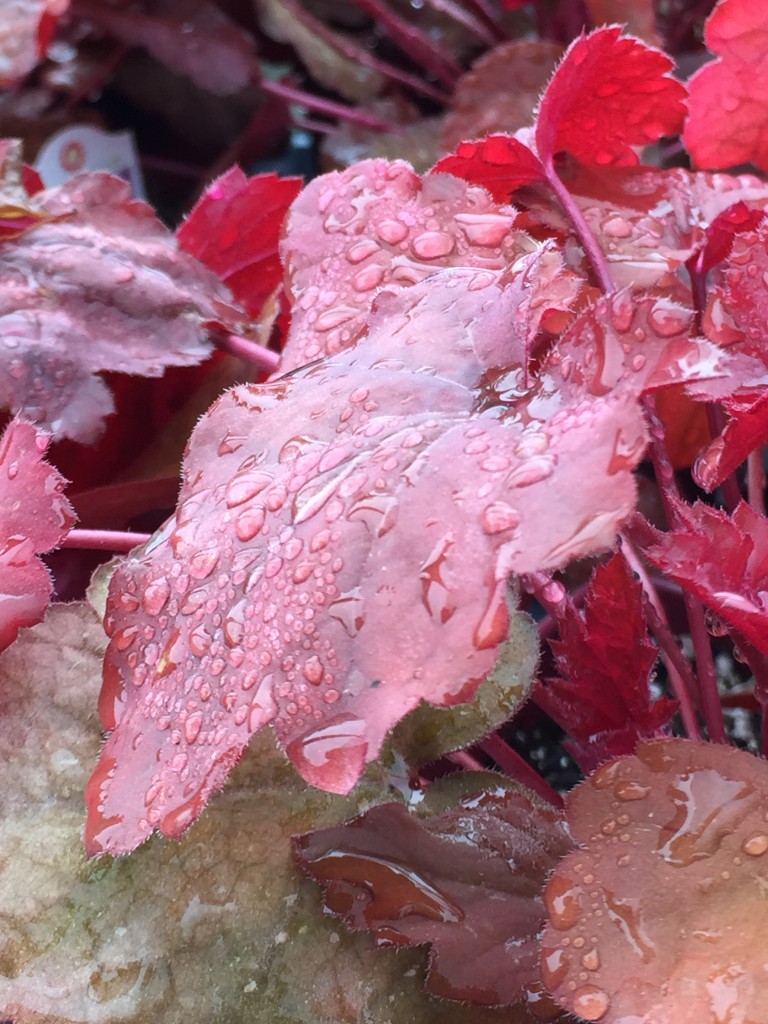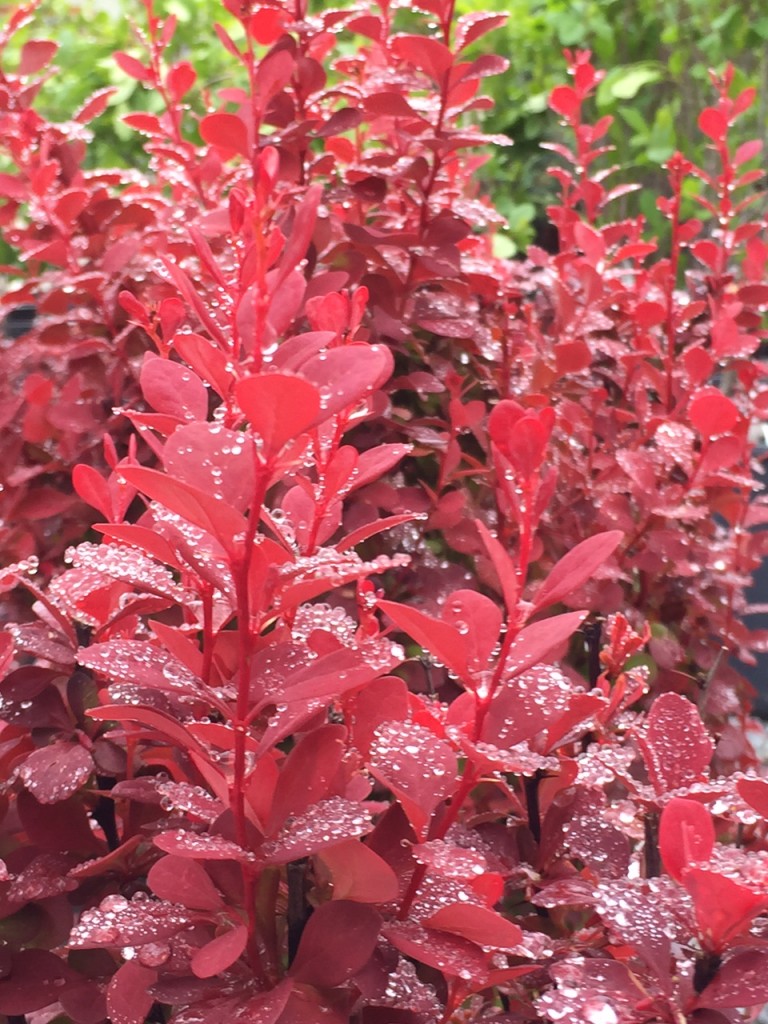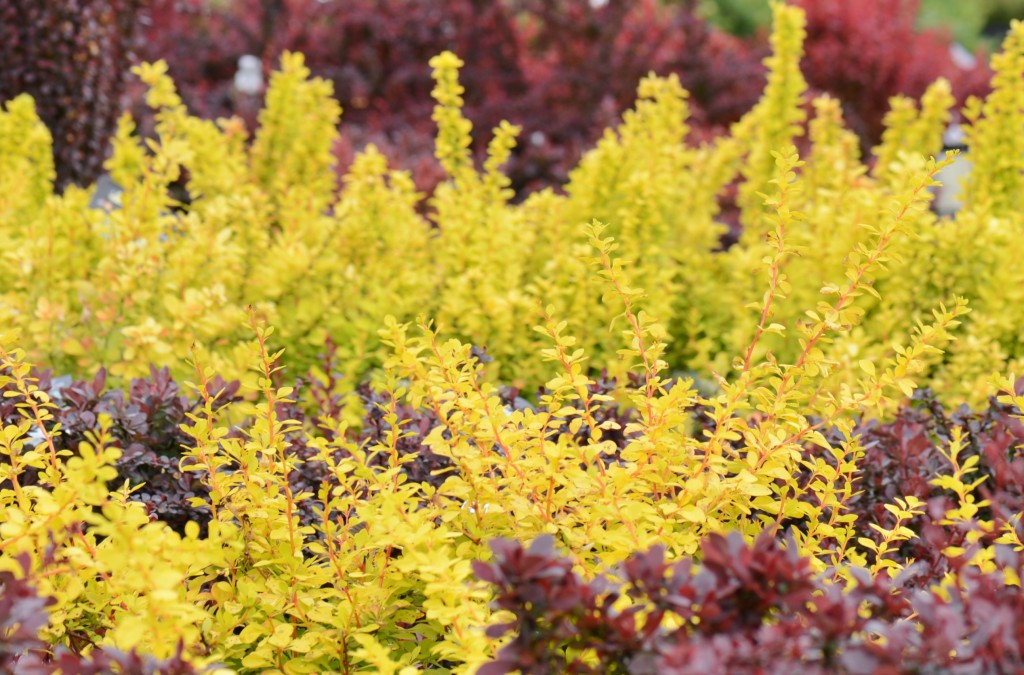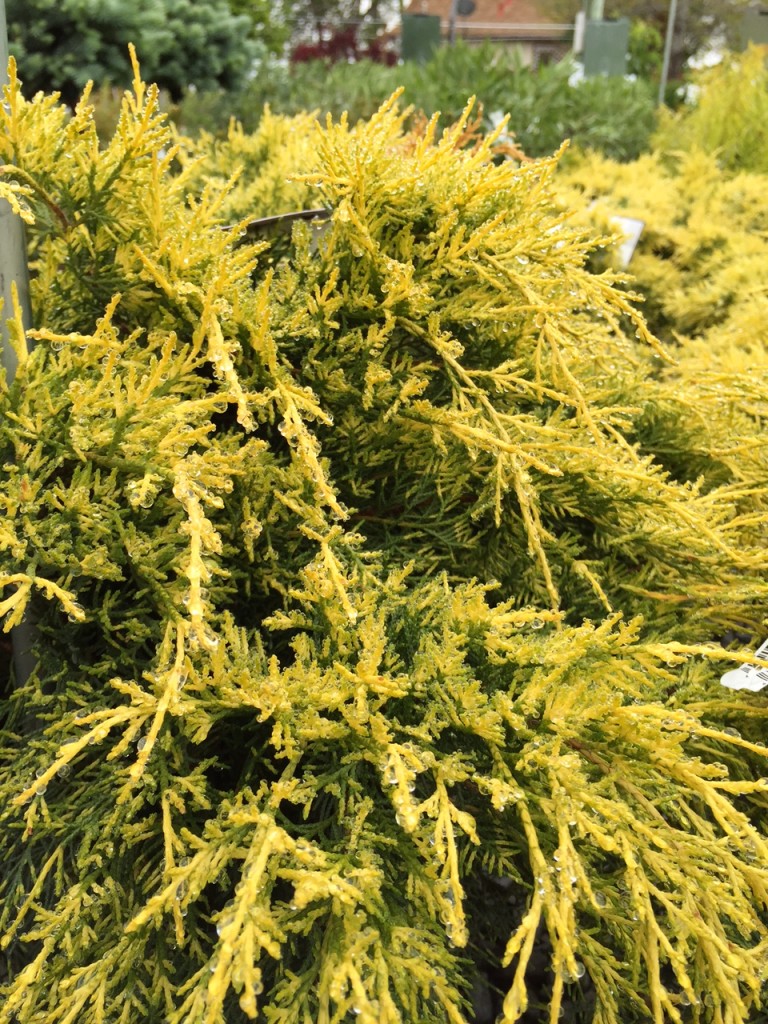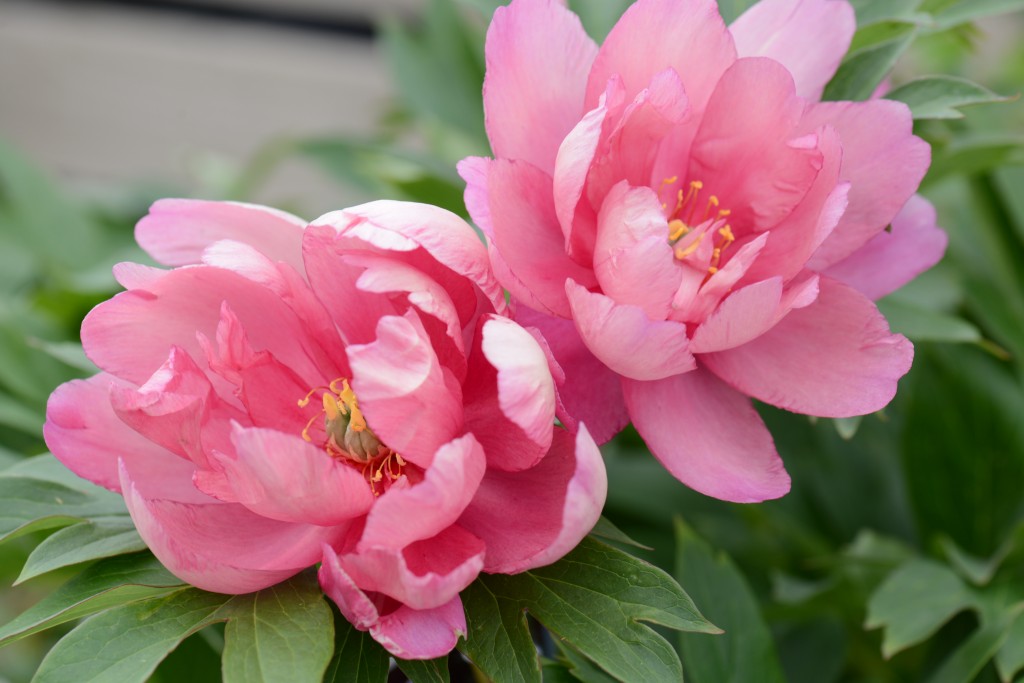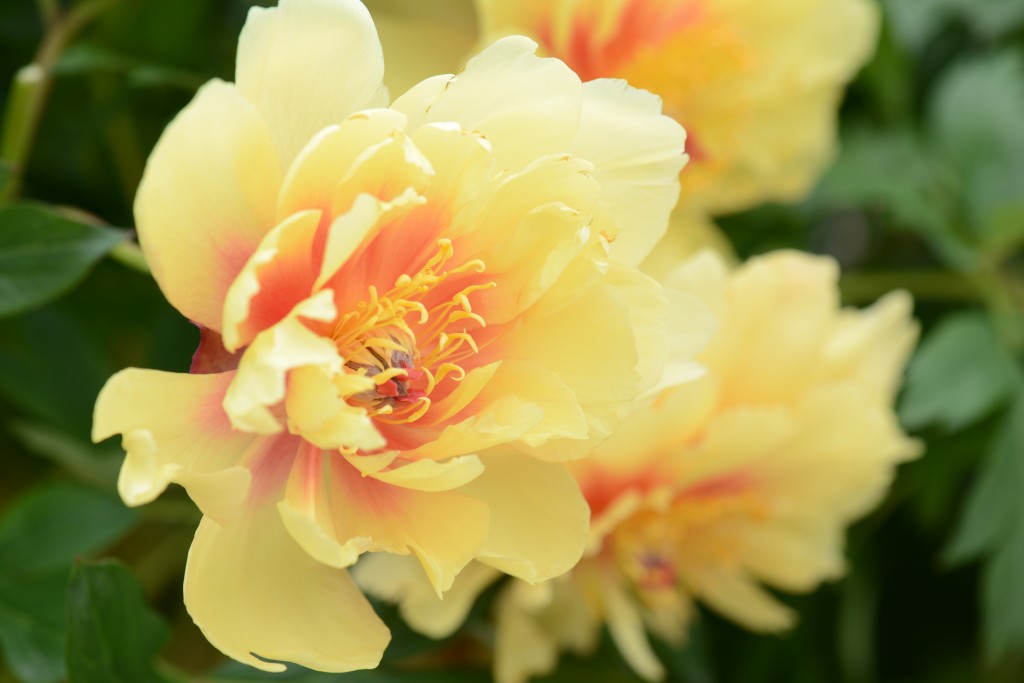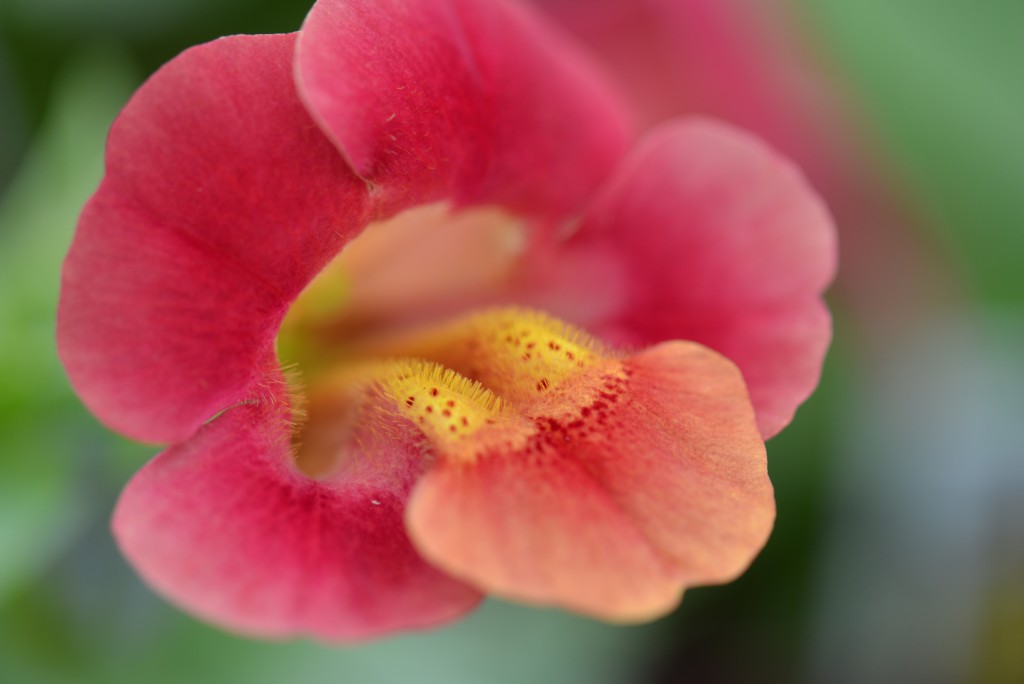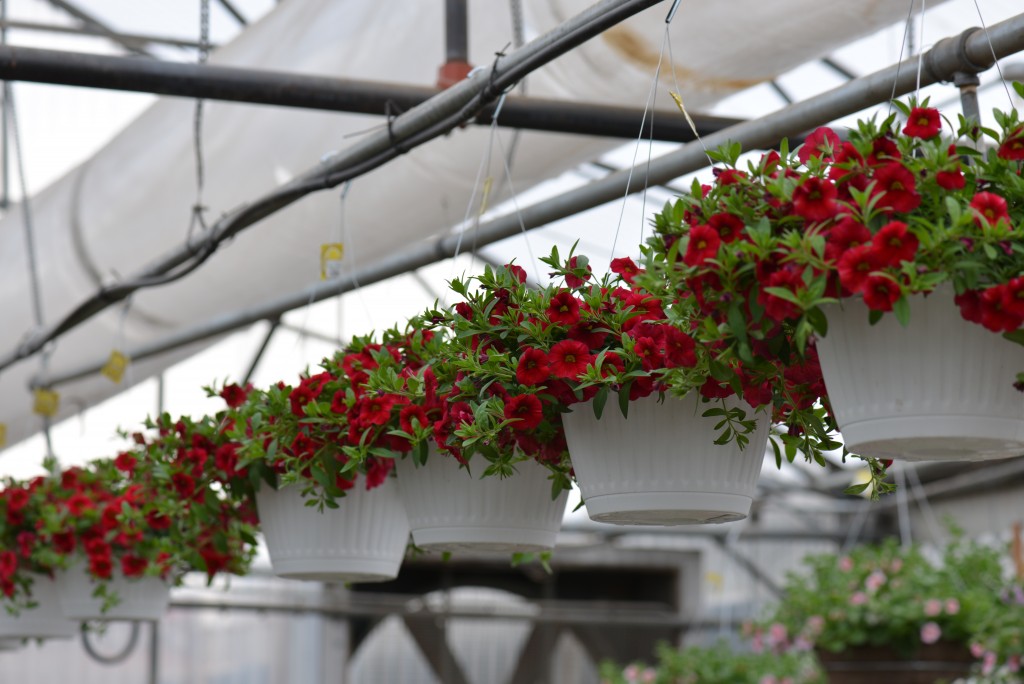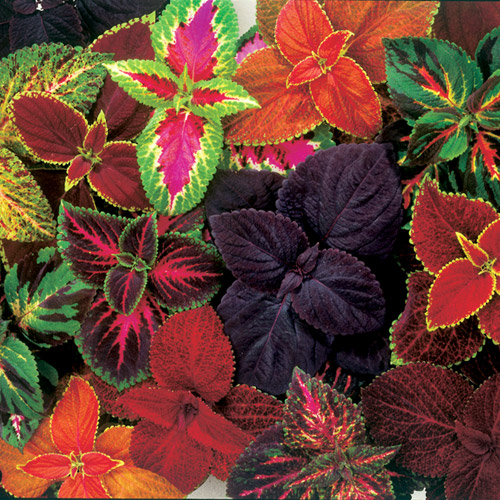 Coleus
Coleus
Coleus is the amazing chameleon of the shady garden. It comes in a riot of colors, shapes, and textures and is equally at home in formal or unstructured areas. Large-leaf coleus such as the Kong series provide a sizable focal point, and the lacy Under The Sea series makes an exotic statement by itself. Coleus can even be a shady trailer (Meandering Linda) or tall backdrop. Try the brighter colors for the darkest areas to get a pop of color and the darker colors where you can see them close-up.
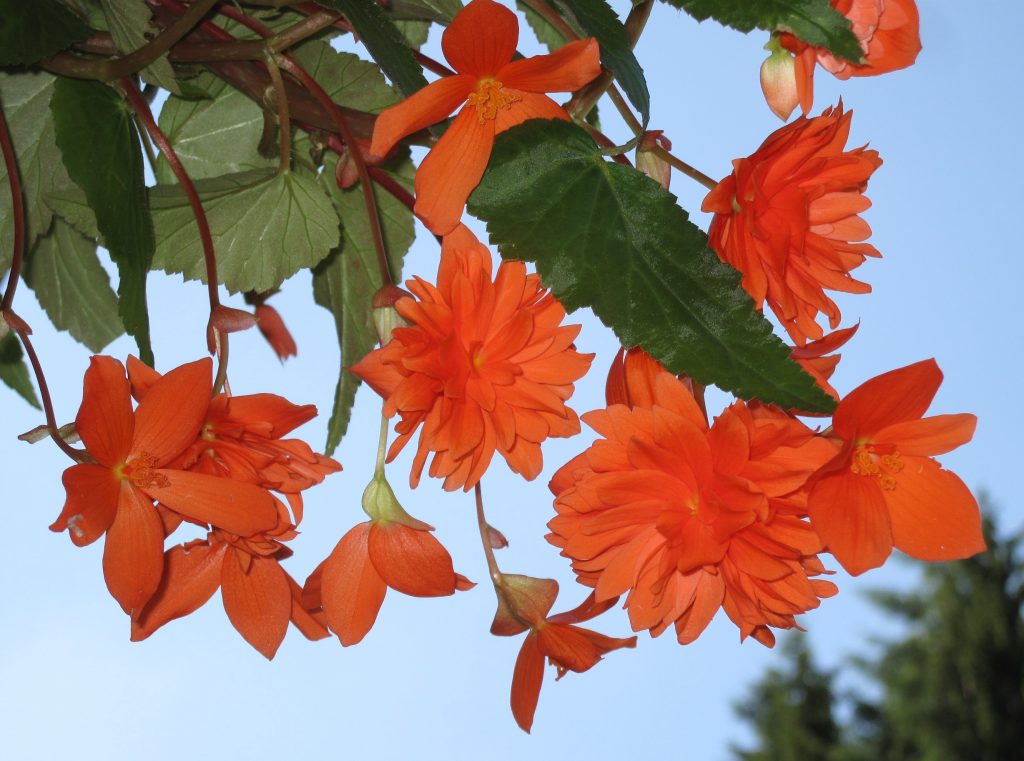
Tuberous begonia
Show offs abound in this group! There is simply nothing subtle about these sizable plants with hot red, orange, yellow, salmon, white, or pink flowers. Leaves can be either green or deep purple, and several of the varieties are either trailing or pendulous, (the Illuminations series has 2” blossoms hanging like fruit). These plants are at their best in containers or hanging baskets.
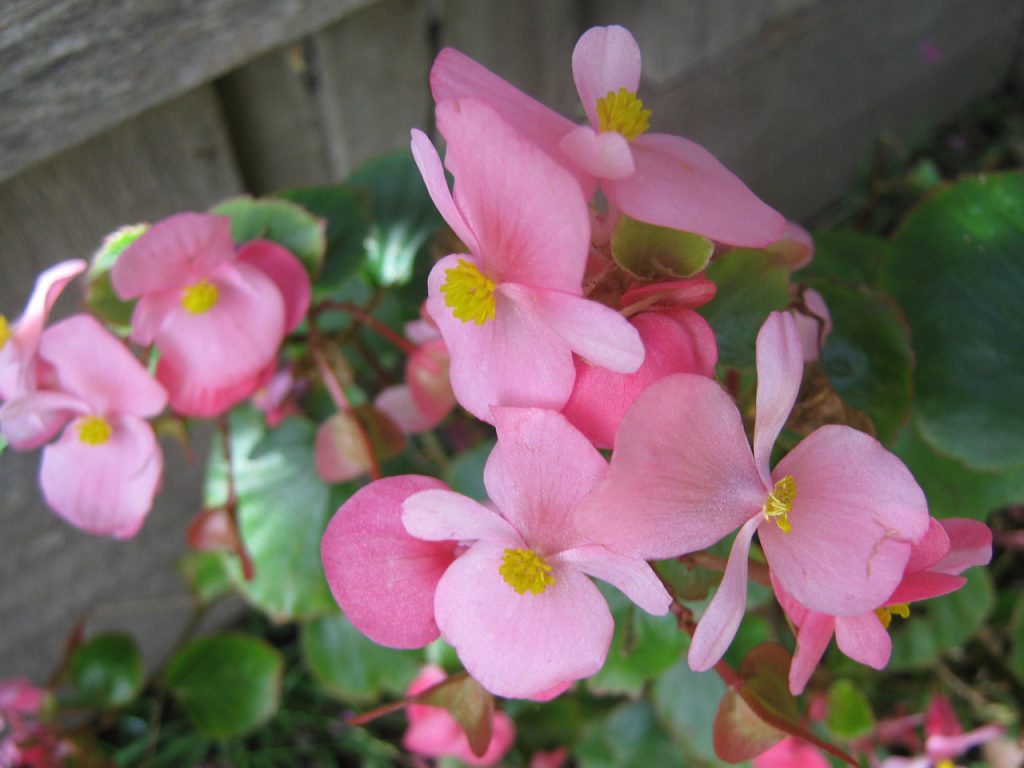
Wax Begonia
Wax begonias are a steady mainstay of shaded beds, but they can also handle sun. Flower colors are red, pink, or white and leaves can be either green or chocolate. Plants are uniformly compact and bushy with blooms all summer long. Truly a set-it-and–forget-it plant.
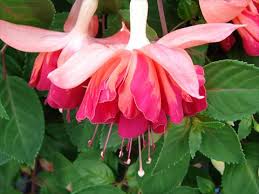
Fuchsia
Nobody has ever accused a fuchsia of being drab! This family includes both upright and trailing varieties that can be used in beds, baskets, and containers. Flowers are typically bicolor (some pastels can give a white-on-white impression from afar). Fuchsia are outstanding for attracting hummingbirds and the blossoms are characteristically a teardrop shape with contrasting sepals. Petals are silken in appearance and may be red, pink, white, orange, or lavender. Classic and lovely, fuchsias are a worthy addition to any shady nook.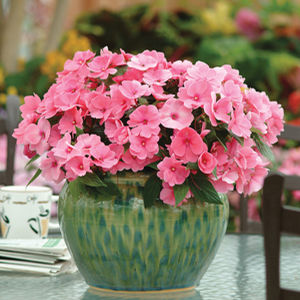
New Guinea Impatiens
These burly impatiens have larger leaves and flowers than their more delicate cousins. New Guineas are also resistant to Impatiens Downy Mildew, which makes them a perfect candidate to use in place of traditional impatiens. Unlike traditional impatiens, New Guineas are content with morning sun and will get to be a blocky 1’ x 1’ per plant—a great size for containers and beds. Try them anywhere you would have planted an old-school impatiens for an updated, floriferous burst of bright color.
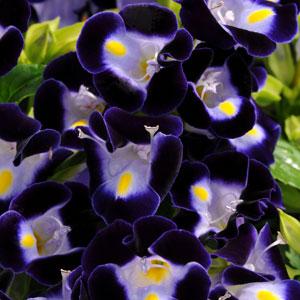 Torenia
Torenia
Torenias are perfect for shady baskets, beds, or containers. Plants will trail if given an opportunity and mound in a flat area. Blossoms have a characteristic “wishbone” crossing of stamens and can be found in lavender, blue, magenta, white, and yellow. They are an excellent “filler” plant and do well in combination plantings.
Lobelia
Lobelia is often at its best in the “shoulder seasons” of spring and early fall, though more heat-tolerant varieties appear every year. Colors range from sky blue to cobalt, with white, pink, and magenta options as well. Lobelias are available as an upright “bedder” plant and as a fluffy , trailing cloud of blues. Some newer varieties will take full sun, but most are happiest in part to full shade to prolong the bloom season. Flowers are delicate and attract butterflies.
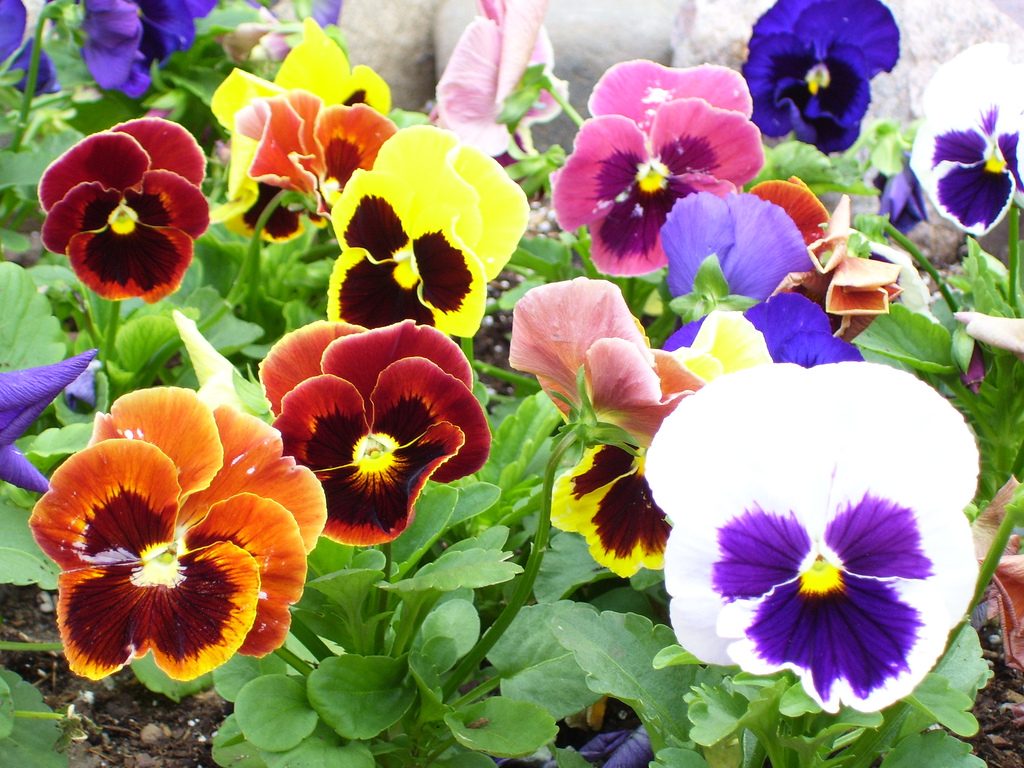
Pansy
Pansies are a wonderful cool-season choice for a shady area. Available in just about every color, pansies are a cheery sight in early spring and provide a burst of color in the fall. Flowers are larger than those of their perennial cousins, the violas, and can be found in both mixes of colors or single-color packs. Though usually dormant in the heat of summer, pansies can survive light snow cover and Icebreakers in particular are likely to come back in the spring.
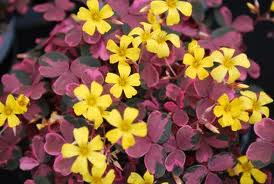
Oxalis
No, not that kind of oxalis—not the invasive, weedy variety that lives forever in sidewalk cracks. A well-chosen oxalis can be a gorgeous addition to a shade or part-sun container. Leaves range from green & purple to brilliant yellows and pinks with white, pink, or yellow flowers. Oxalis stays compact and would do well in a border or patio pot. Some varieties have very distinct color patterns and are best used in an area where they can be seen up-close.
